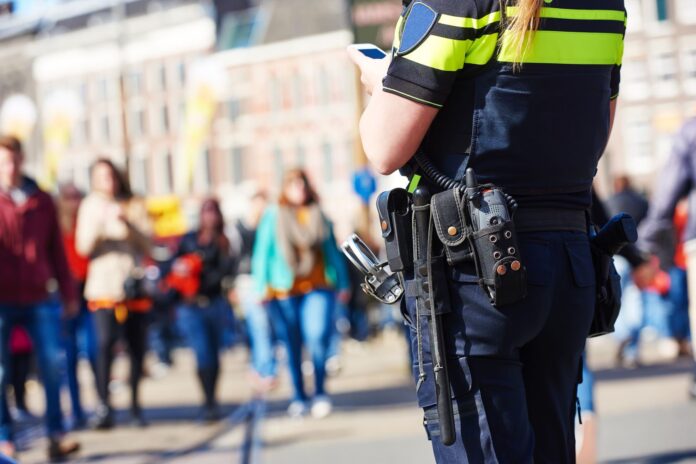From predictive crime applications to police monitoring, public safety IoT is driving governmental innovation
The “Internet of Things” is already offering benefits for private companies across the globe, but the adoption of these technologies by government institutions and agencies is also going through a rapid growth phase. The use of public safety IoT tools is one of the key implementations being adopted by governments at all levels.
Many solutions are already helping government agencies to improve the way they develop public safety strategies. A clear example of this is a solution unveiled last September by Hitachi Data Systems. The solution is designed to enable organizations to improve public safety by tapping into the IoT. Hitachi Data Systems said it has designed hybrid cloud systems that allow public safety officials to implement and use predictive crime analytics and video management systems to strengthen efforts to combat crime.
The suite, which combines data integration, management and visualization, is a predictive crime analytics tool that draws from social media, the Internet and other data feeds – including from past crime videos – to make accurate crime predictions.
Another example of how IoT can help agencies improve public safety is through the law enforcement field. Startup Yardarm Technologies said it has developed a smart gun equipped with an accelerometer, gyroscope, wireless GSM connectivity and Bluetooth to monitor and record data every time it is discharged. The smart gun includes sensor and location features meant to keep track of the gun’s position and exact timing when shots were fired. Other guns are being equipped with biometric fingerprint sensors or radio-frequency identification chips paired with smart bracelets to ensure the gun can only be fired by the officer to whom it was assigned.
Some companies are also developing tools for police departments including real-time gunshot monitoring. SST said it has developed the ShotSpotter system, which recognizes when gunshots are fired in public areas to help police identify where the gun was fired. This system uses connected microphones installed throughout a city, town or college campus and is said to be capable of covering up to 10-square-miles. The connected system measures the range of sounds then sends the data to a police department’s computer, which measures the time it took for the sound to reach the microphone to estimate the location of the gun.
IoT solutions are set to impact the way government organizations deal with public safety issues. However, the implementation of this technology faces some obstacles. According to Steven Webb, VP at Frost & Sullivan, sensors generate a huge amount of data, which is then transmitted, analyzed and distributed. This requires LTE communication networks that can replace, or work alongside, mission-critical standards such as terrestrial trunked radio.
“However, with considerable sunk cost in existing networks, and concerns over network resilience, this transformation will be slow,” Webb said. “Further challenges include how to store data, especially at a time when privacy is a sensitive issue and how to secure the IoT.”
Webb added IoT will deliver great improvements to public safety. However, he believes more research is needed to understand the significant changes and investments required to make it a reality.

